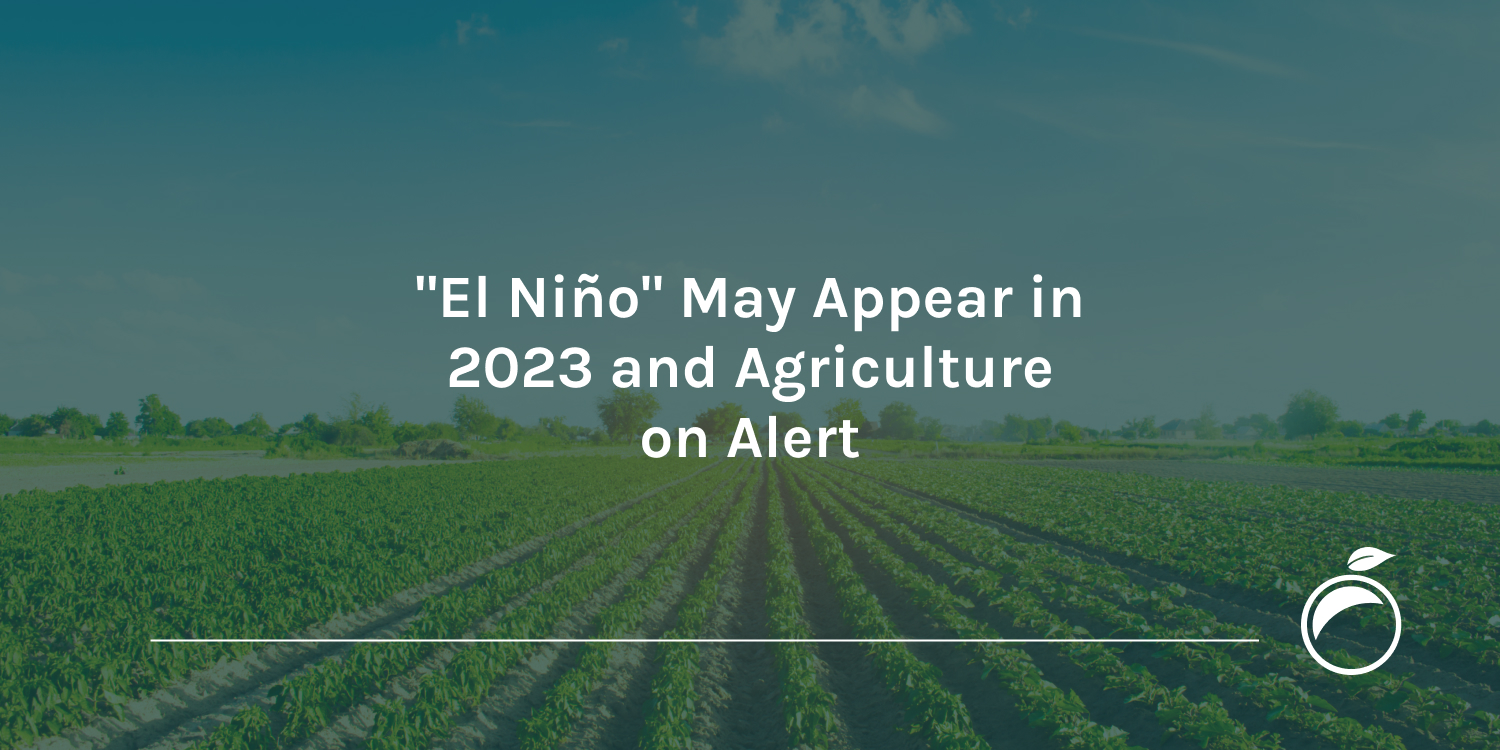
«El Niño» May Appear in 2023 and Agriculture on Alert
The United Nations (UN) and the World Meteorological Organization (WMO) have each issued an alert regarding the possible occurrence of the climate phenomenon known as «El Niño» during the summer of 2023.
According to the WMO, there is an 80% probability that the phenomenon will occur between July and September, which would cause a change in weather patterns in many agricultural regions of the world that would affect food production.
How has El Niño affected?
El Niño climatological events have occurred 30 times between 1990 and 2023, with the last one impacting in 2018-2019. The 2014-2016 event is among the strongest recorded.
One of the most affected countries in 2014-2016 was Peru, which suffered a prolonged drought and an increase in average temperatures, which damaged crops in coastal regions.
Ecuador and Bolivia also experienced extreme drought, especially in coastal areas, while heavy rains caused flooding in other parts of the country. In Ecuador, overall fruit and vegetable production was reduced, while in Bolivia, soybean, corn and rice production was severely affected.
El Niño significantly affects the global agri-food sector whenever it occurs, which is why alarms have been raised about the possible arrival of the phenomenon in 2023.
How can El Niño impact agriculture?
El Niño is a climatological phenomenon that can alter weather conditions and water availability for crops, especially in the coastal areas of Pacific countries.
During an El Niño event, coastal regions can experience prolonged droughts, affecting crop growth and development and reducing harvest yields. In addition, heavy rainfall associated with El Niño can cause flooding and landslides, especially in mountainous areas, which can damage crops and cause economic losses.
It is important to note that the effects of El Niño on agriculture are not universal and may vary according to geographic location and specific local climate conditions. Some regions may even experience increased precipitation, which can benefit certain crops, especially after a drought.
What is the difference between «El Niño» and «La Niña»?
They are opposing weather events that refer to changes in the temperature of the tropical Pacific Ocean (the part of the ocean near the equator that stretches from the coast of South America to the islands of Indonesia).
El Niño occurs when waters warm more than usual, while La Niña occurs when waters cool more than usual. These temperature variations result in substantial climatic changes in various regions of the world.
Ultimately, the El Niño phenomenon may cause disruptions in the global supply chain of agricultural products. This event could cause crop losses, delays in shipments and affect the harvest cycle of several products. Farmers and buyers will need to ensure that their supply chain is resilient and have the right partners to facilitate trade and capital to sustain their operations.
Sources: Noticias ONU, Wikipedia
